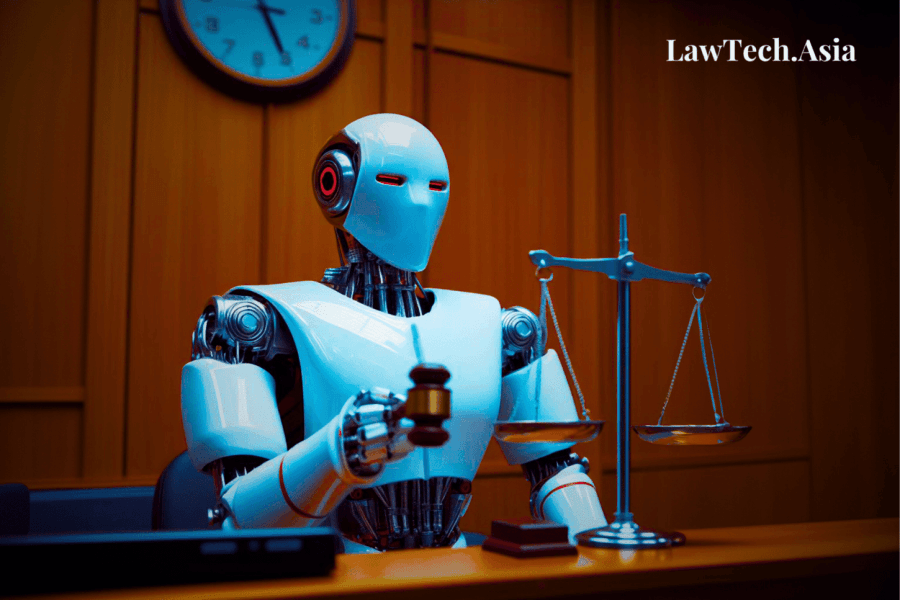Reading time: 15 minutesWritten by Poon Chong Ming | Edited by Josh Lee Kok Thong
We’re all law and tech scholars now, says every law and tech sceptic. That is only half-right. Law and technology is about law, but it is also about technology. This is not obvious in many so-called law and technology pieces which tend to focus exclusively on the law. No doubt this draws on what Judge Easterbrook famously said about three decades ago, to paraphrase: “lawyers will never fully understand tech so we might as well not try”.
In open defiance of this narrative, LawTech.Asia is proud to announce a collaboration with the Singapore Management University Yong Pung How School of Law’s LAW4032 Law and Technology class. This collaborative special series is a collection featuring selected essays from students of the class. Ranging across a broad range of technology law and policy topics, the collaboration is aimed at encouraging law students to think about where the law is and what it should be vis-a-vis technology.
This piece, written by Poon Chong Ming, seeks to examine the laws against deepfake pornography in Singapore. Despite years since the emergence of deepfake pornography, it remains inadequately dealt with by the law. As a result, deepfake pornography is proliferating with greater prominence, inflicting more and more harm on victims while leaving them without proper recourse. This paper attempts to look at the issue of deepfake pornography specifically within Singapore, in light of the stark increase of local sexual abuse cases involving technology. The paper first explains the need for a strong legal framework due to the nature of deepfake pornography (hyper-realism combined with ease of production). Subsequently, the paper proceeds to examine the efficacy of current laws in Singapore (civil, criminal, and regulatory measures) in dealing with deepfake pornography. Finally, by looking at measures taken in the United Kingdom, the paper will provide suggestions as to the direction of the law in Singapore, with the most viable recommendation being to build upon Sections 377BE and 377BD of the Penal Code.
Read More





